How to Make Self-Rising Flour
This post may contain affiliate links. Please read my disclosure policy.
Self-rising flour is a staple ingredient in many southern recipes, from biscuits to cobblers! This recipe shows you how to make self-rising flour with just 3 simple ingredients for this easy homemade substitute!
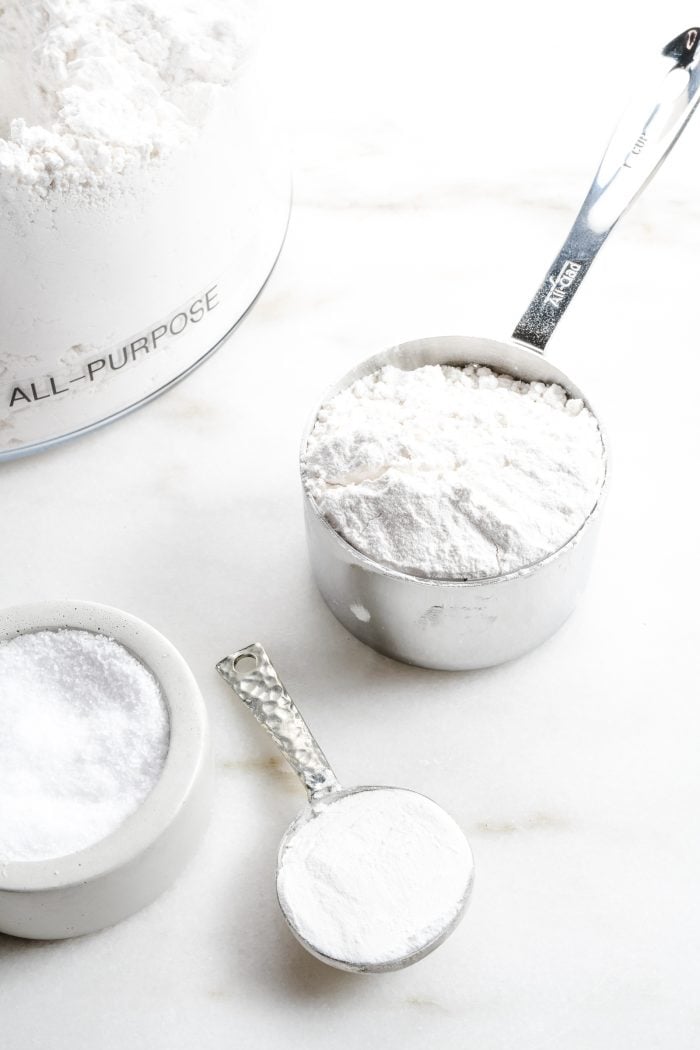
Have you ever started a recipe that called for self-rising flour and realized you don’t have any? It is a frustrating thing when that happens! That’s when this simple homemade substitution for self-rising flour comes to the rescue. It’s so quick to make with just a few ingredients!
Self-rising flour is a combination of all-purpose flour (also referred to as plain), baking powder, and salt. It’s often used in recipes with no leavening agents (such as baking powder, baking soda, or yeast) and reduces the number of ingredients needed.
Difference Between Self-Rising and All-Purpose Flours
The difference between the two flours is simple. Self-rising already has the leavening agent included and all-purpose does not. All-purpose flour must have a leavening agent added to it in a recipe for it to rise.
How to Make Homemade Self-Rising Flour Substitute
If you come across a recipe that uses self-rising, you can make it yourself quickly and easily using 3 simple ingredients that you most likely already have in your pantry.
Ingredients
Be sure to see the recipe card below for the full listing of ingredients, instructions, notes, and estimated nutritional information.
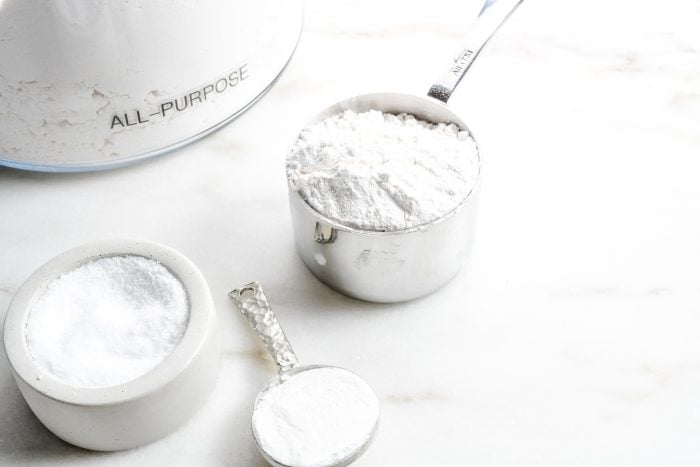
- All-purpose Flour
- Baking Powder
- Salt
I’ve included the amounts to make a One Cup recipe, or a Small Batch, as well as the amounts needed to make a Large Batch recipe too.
One Cup Recipe:
For each cup of flour, whisk together 1 1/2 teaspoons of baking powder and 1/4 teaspoon of salt. Make sure to whisk all these ingredients together well so that the baking powder and salt are evenly distributed within the flour.
Small Batch Self-Rising Flour Recipe
1 cup all-purpose flour
+
1 1/2 teaspoons baking powder
+
1/4 teaspoon salt
Large Batch Recipe (Makes 4 Cups)
To make a large batch recipe, add flour, baking powder, and salt in the above amounts to a large mixing bowl. Whisk to combine so that all ingredients are evenly distributed. Use or store in an airtight container.
Large Batch Self-Rising Flour Recipe
4 cups all-purpose flour
+
6 teaspoons baking powder
+
1 teaspoon salt
Storage Tips
To store: Add to an airtight container and store in the pantry for up to 6 months.
Uses for Self-Rising Flour
This flour is used in so many quick and easy Southern recipes.
It has become a staple ingredient in my kitchen for the perfect buttermilk biscuit, buttermilk pancakes, cinnamon roll biscuits, waffles, easy peach cobbler, quick bread, and more.
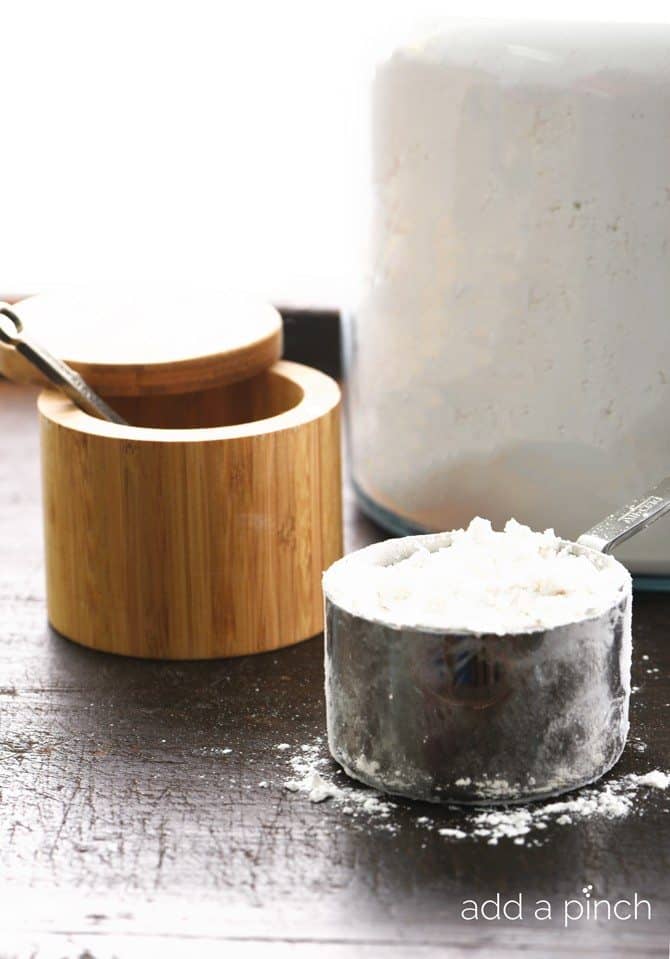
More Useful Substitution Recipes
Here’s the printable recipe card for making my self-rising flour substitute. I hope you find it as helpful as I do!
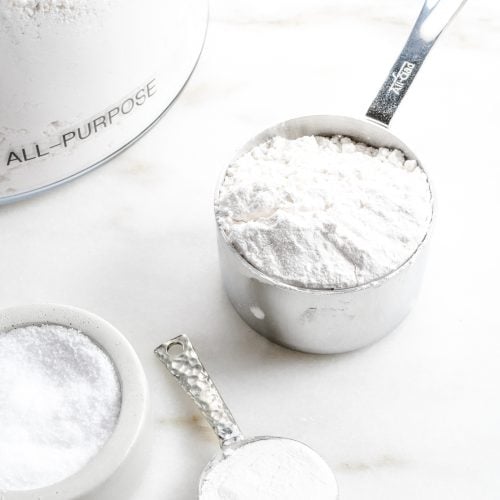
How to Make Self-Rising Flour
Ingredients
- 1 cup (120 g) all-purpose flour
- 1 1/2 teaspoons (6 g) baking powder
- 1/4 teaspoon (0.6 g) kosher salt
Instructions
- Measure all ingredients and whisk to combine.
Notes
- 4 cups all-purpose flour
- 6 teaspoons baking powder
- 1 teaspoon salt
Video
Nutrition
Nutrition information is automatically calculated, so should only be used as an approximation.
Enjoy!
Robyn xo
Originally published April 2012.
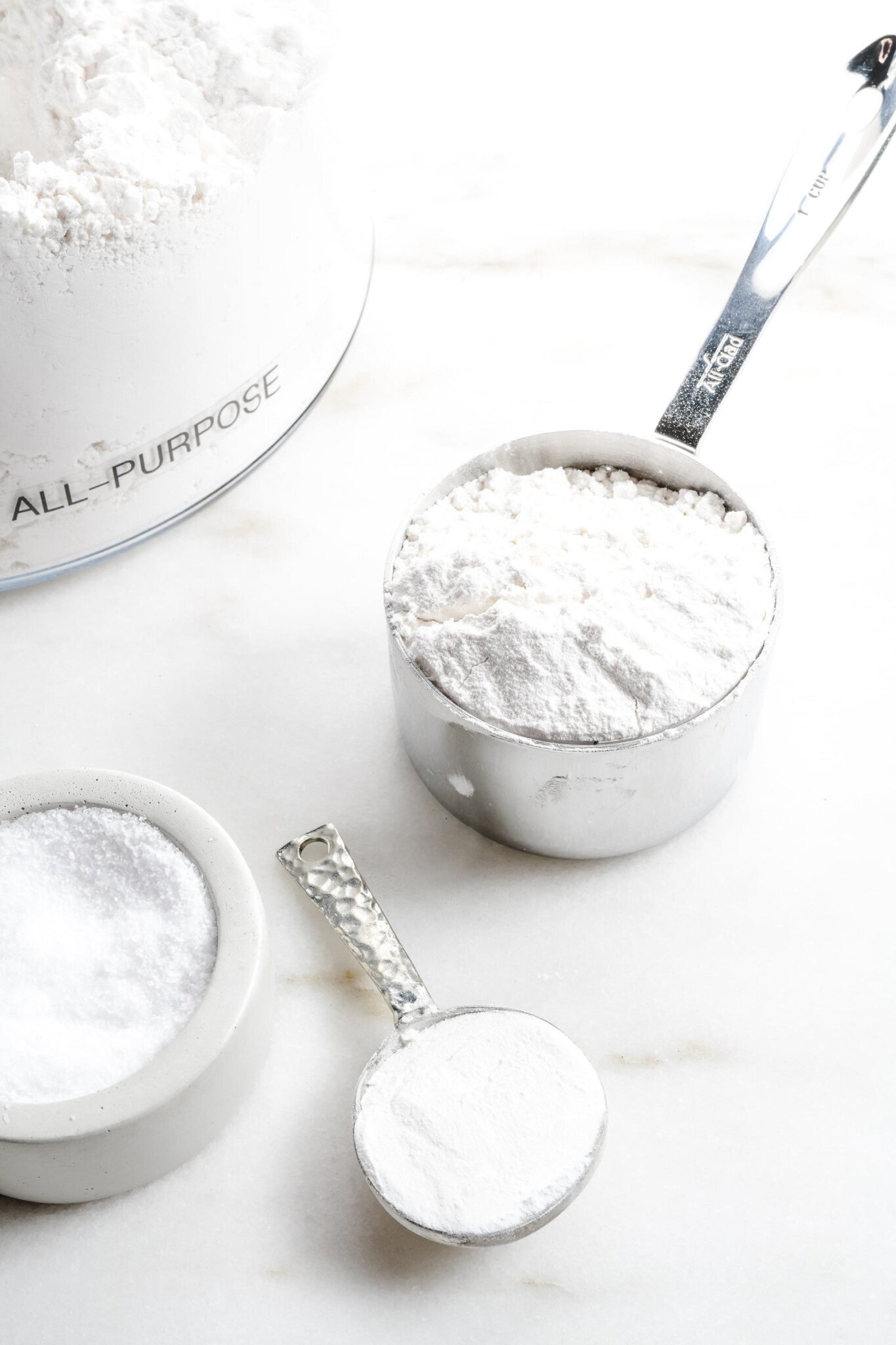

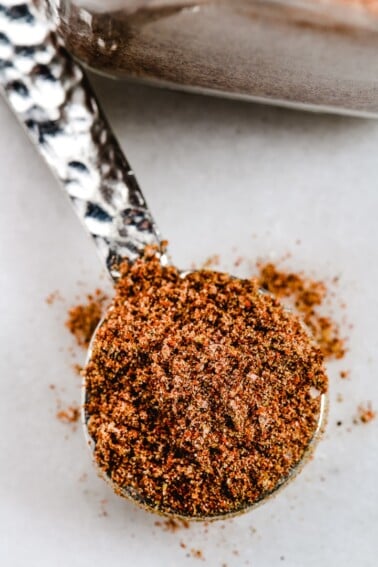
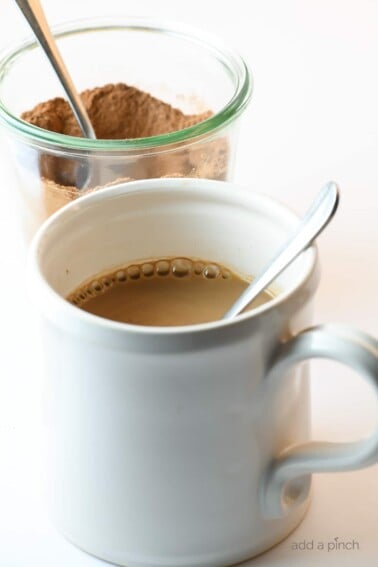
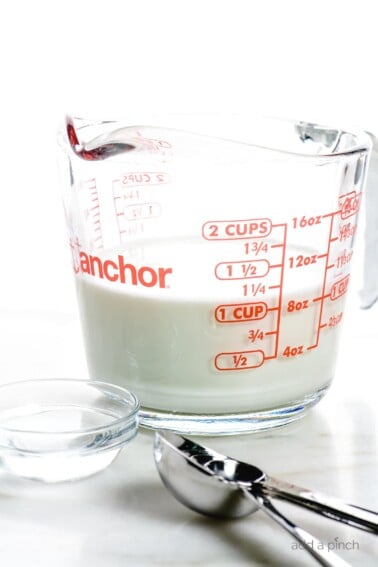

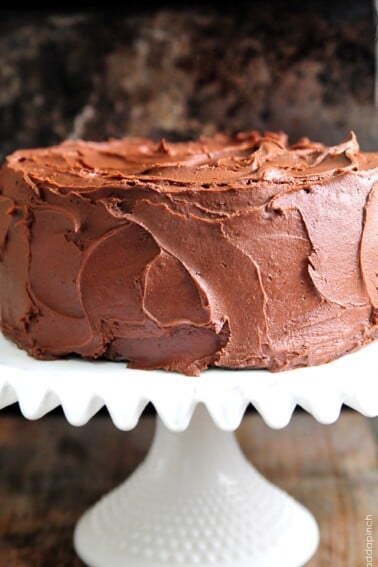
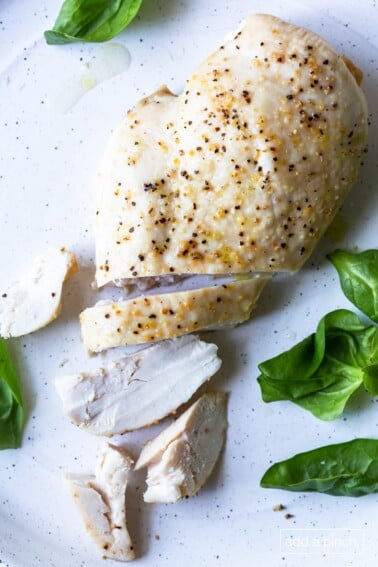
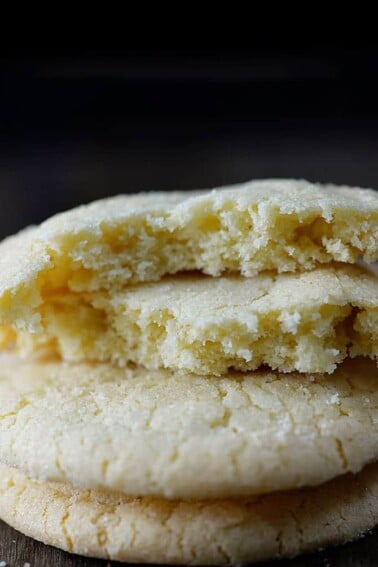

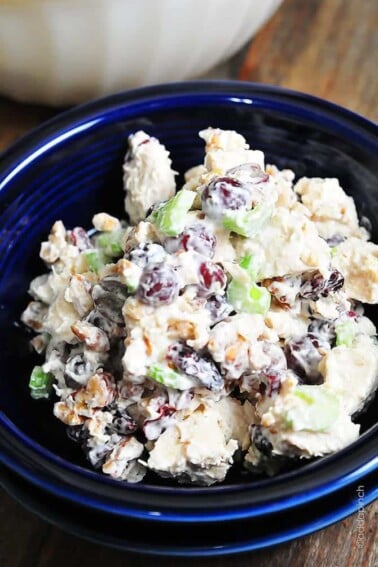










Hi! What if I don’t have baking powder but only baking soda? Can I substitute the baking powder or do I also need to add something else if I use baking soda instead of baking powder? Thanks!
Nes, you would need to make baking powder using baking soda and cream of tarter. The recipe for self-rising flour is 1 1/2 teaspoons baking powder plus 1/2 teaspoon kosher salt for each cup of all-purpose flour. To use baking soda, you would need to mix 3/8 teaspoon baking soda with 3/4 teaspoon cream of tarter to equal the amount of baking powder in the recipe and then add the 1/2 teaspoon kosher salt to each cup of flour.
I followed the recipe, and made enough to fill 4 large mason jars for biscuits. Made biscuits with it for dinner time breakfast. Thank you so much. Hugs
Mary, I’m so glad this was a help for you. Thanks for letting me know.
Thanks for the recipe for self-rising flour, both small and large batch!
Is it possible to substitute a different flour (whole wheat, whole-wheat white, or quinoa, for example) for 1/4 or 1/3 of the all-purpose flour when making my own self-rising flour?
LK, I haven’t made self-rising flour with those combinations but it should work.
Hi LK! I frequently use whole wheat flour when I make bread. Every single time I use it, I have to add a good amount more water than my bread recipe calls for. I looked it up a while back and this is a known thing when working with whole wheat flour. If you’re going to sub it in, whatever recipe you’re using the self rising flour in, may require more liquid. I hope this helps!
Thanks your recipe works
Can you use Gluten Free Flour?
Yes, Robert, you can use gluten free flour to make self-rising flour.
Hi Robyn!
Do you use kosher salt in all of your recipes? If yes, people using regular table salt could be adding up to twice as much salt/sodium than your recipes call for. I ask because on April 4 2022 you replied to a question & said you use kosher salt in this recipe. Kosher salt is lighter than regular table salt, so for instance 1/4 teaspoon kosher salt is about as “salty” as 1/8 teaspoon regular table salt (varies with kosher brands). So people using regular table salt (your recipe doesn’t specify) will make saltier self-rising flour than you make unless they reduce the salt measurement.
Would you consider noting the type of salt you mean? it’s part of the same issue as whether “butter” means salted or unsalted, which would also make a difference in any recipe’s salt measurement.
Thank you!
So just add more sale and try it out. Use the amount you like
Great to know substitutions I hate running to the store thanks plus some said something about a lemon pound cake that sounds wonderful
Rebecca, I love to have substitutions such as this for the self-rising flour so I don’t have to make an extra trip to the store as well. This is my Lemon Pound Cake Recipe. I hope you try it sometime. Thanks!
If the recipe calls for 3 cups of self rising flour, should I mix 1 cup of regular flour with 1and 1/2 t baking powder and 1/4 t salt and call that 1 cup( even though it’s really more than a cup)
Yes, it equals more than a cup but that is the formula, Diana.
Thanks very helpful
I’m so glad these tips helped you, Jane.